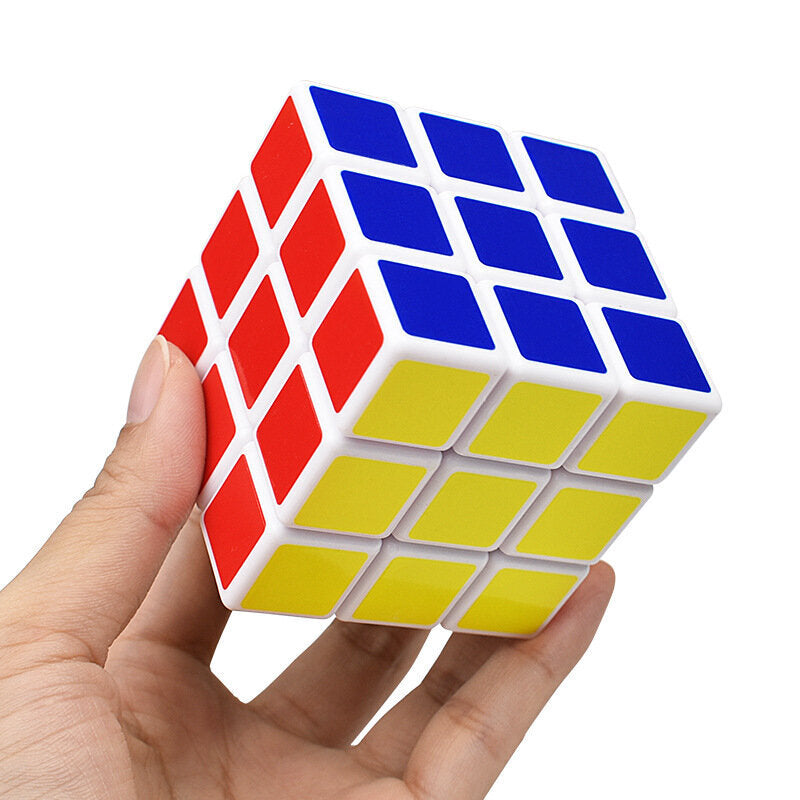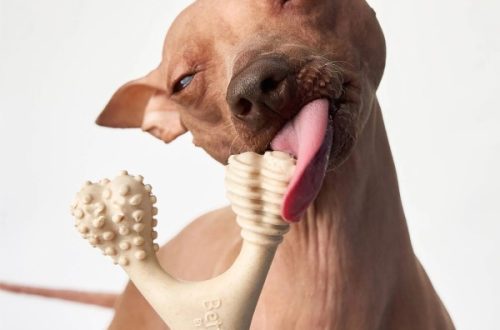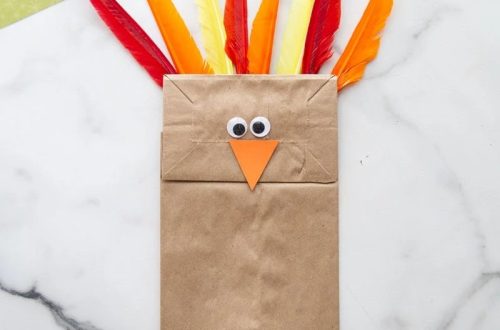Preparing the Rubik’s Cube for the Last Layer Solve
To tackle the last layer of your Rubik’s Cube, a solid foundation is key. Prepping entails evaluating the layer’s existing state and then positioning the cube correctly.
Identifying the Current State of Your Cube’s Last Layer
Your cube’s last layer may exhibit a myriad of patterns. Whether you spot a dot, an L shape, or a line, each pattern signals a unique approach for the eventual solve. Start by examining the layer closely to determine which case you’re facing. This insight guides which algorithms you’ll need.
Orienting the Cube Correctly for the Last Layer
Correctly holding your cube shapes the success of your last layer solve. If you aim to orient corners or forge the yellow cross, ensure the cube is positioned suitably. For corner orientation, keep the cube so that the unsolved corner situates in the front-right-top corner. When working on the yellow cross, orient the cube to match the specific pattern guideline—dot, L shape, or line—before executing the corresponding algorithm.
Solving the Yellow Cross on the Last Layer
Before you delve into edge positioning and corner permutating, establishing the yellow cross is pivotal. This step sets the stage for the subsequent steps in solving the last layer of your Rubik’s Cube.
Understanding Different Patterns: Dot, L shape, Line
The last layer may display one of three patterns before the yellow cross appears: a dot, an ‘L’ shape, or a line. Recognizing these patterns is crucial as it dictates the algorithm you’ll apply. With a dot, you have no edges in place. An L shape means two edges are ready, and a line indicates two opposite edges are correct.

Algorithms for Forming the Yellow Cross
Utilize the following algorithms based on your cube’s pattern to form the yellow cross:
- For the dot pattern, you’ll likely need to apply the algorithm thrice:F R U R’ U’ F’
- When you see an L shape, position the cube so the ‘L’ is in the upper left and apply the algorithm twice:F R U R’ U’ F’
- With a line pattern, make sure the line is horizontal across the top face and use the algorithm once:F R U R’ U’ F’
Employ these algorithms until the cross forms on the yellow face. This crucial step aligns the edges necessary for subsequent procedures.
Positioning the Last Layer Edges
Once you’ve crafted the yellow cross on your Rubik’s Cube, the next step focuses on edge alignment. This means matching the last layer’s edge pieces to the cube’s center colors. Achieving this sets the stage for orienting the corner pieces.
Matching Last Layer Edges to Center Colors
In this phase, you’ll maneuver the cube’s top layer until the edge pieces correspond with the center pieces of the same color. It’s like pairing up puzzle pieces – the colors on the edges must match the center squares. This alignment is a clear indication that you’re on the right track.
For example, if an edge piece has the colors yellow and blue, you’ll need to rotate the top layer until the blue side aligns with the blue center. It’s essential to get this right before moving on to the corner pieces.
Algorithm for Aligning the Last Layer Edges
Once you’ve matched the edge colors to their centers, use the following algorithm to align the edges properly:
- If an edge piece is positioned to the right of where it should be, use this sequence:U R U’ R’ U’ F’ U F
- If the edge needs to move to the left, apply the reverse:U’ L’ U L U F U’ F’
Apply these algorithms to each misaligned edge until they’re all in the correct orientation. With the edges organized, you’re now poised to fine-tune the last layer by situating the corners accurately. Keep practicing these steps, as precision comes with repetition.
Orienting the Last Layer Corners
Mastering the corner orientation on the last layer sets you up for the grand finale of solving the Rubik’s Cube. It’s a thrilling moment when you realize every turn gets you closer to the completed puzzle.
Determining the Number of Yellow Corners Facing Up
First, check how many yellow corners are facing up. This count is crucial for picking the right moves. You could see zero, one, two, or all yellow stickers facing up. Keep this in mind as it will steer the next steps.
Algorithm for Orienting the Last Layer Corners
Here’s how to get those yellow corners facing the right way:
- If no yellow corners are up, use this sequence until one flips upwards:R U R’ U’
- When one yellow corner is up, turn the whole top layer until the yellow face is complete.
- If two corners are correct, do the moves until the rest flip right side up.
Repeat these moves. It might look like you’re mixing the cube up again, but that’s just part of the process. With persistence, the corners will align with the yellow center. Now you’re all set for the final steps. Get ready to twist those corners into their final spots!

Permutating the Last Layer Corners
Once your yellow cross shines bright and edges are aligned, it’s time to shuffle those last layer corners into place. Pay close attention to colors on the side of each corner piece. This step locks each corner into their rightful home.
Identifying and Positioning Corners with Matching Side Colors
Look for corners with two side colors matching the center pieces. These are called ‘headlights’. If you see headlights, place them at the back. No headlights yet? Don’t worry, that’s also normal. Just hold the cube any way and prep for the next move. This part may seem tricky but hang tight, it gets easier with practice.
Algorithm for Permutating the Last Layer Corners
To sort corners out, we’ve got a trusty algorithm to follow. Here it is:
- If no headlights appear, do this once:R’ D’ R D
- Headlights present? Great! With headlights in the back, do the same:R’ D’ R D
Keep repeating until corners sit happy next to their color-matched edges. It’s like a color dance, where each step brings harmony to the cube’s world. Follow this path, and you’ll be mere steps away from solving your Rubik’s cube!
Permutating the Last Layer Edges
With the corners positioned, we now shift our focus to the last layer edges. It’s key to match these with the middle layer’s center colors. This step brings us closer to solving the Rubik’s cube.
Finding and Creating the Edge ‘Bar’
It’s time to spot ‘bars’ . These are edges that share a side color. If you see a bar, that’s perfect. Rotate your cube. Place the bar at the back. No bar yet? That’s okay. Perform an algorithm from any side. This move will create a matching bar. Keep an eye out for this pattern. It’s essential for the next moves.

Algorithms for Rotating the Last Layer Edges
Next, you need to rotate these edges. There are specific moves that change their positions. This may seem complex, but don’t worry. You can handle it.
- To rotate the edges clockwise, use this algorithm:U R U’ L’ U R’ U’ L
- For counter-clockwise, the steps are slightly different:U’ L’ U R U’ L U R’
Repeat these sequences until the edge pieces align with their centers. Each turn meticulously places the edges in their right spots. It wraps up the edge-permutation phase. Now you’re extremely close to solving the cube. Take a deep breath! You’ve made it past another hurdle. Keep practicing these instructions for perfection.
Finishing Touches and Final Checks
As you near the completion of your Rubik’s cube, it’s crucial to give it a thorough once-over. This final review guarantees that every piece aligns precisely as intended.
Ensuring All Pieces are Correctly Aligned
To confirm that your Rubik’s cube is correctly solved, inspect each layer carefully. Start with the last layer you worked on. Ensure that the yellow face is complete without any out-of-place corners or edges. Rotate the cube to examine the middle layer. All edges should match the center colors on both sides. Finally, look at the white base layer. It should be intact and unmoved from its original solved state. If any piece is out of alignment, refer back to the appropriate step and make adjustments.
Tips for Practice and Improvement
Solving the Rubik’s cube’s last layer and the whole puzzle requires practice. Repeat the algorithms until they feel natural. Remember, speeding through the process comes with time and experience. To get better, here are a few tips:
- Practice each step separately before combining them.
- Time your solves to track progress. Aim to improve with each attempt.
- Apply algorithms slowly at first to understand their impact.
- Stay patient and don’t rush. Speed comes from muscle memory.
By following these tips and regularly practicing, you’ll not only enhance your Rubik’s cube-solving skills but also find joy in the continuous journey of improvement. Keep solving, and you’ll master it!




